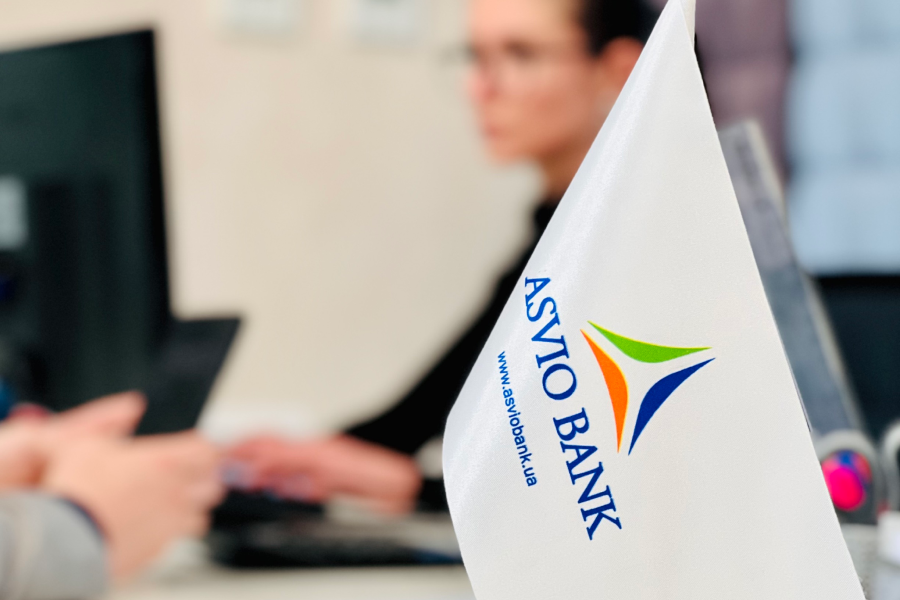During the first half of the year since the start of the liquidation procedure of JSC “KOMINVESTBANK” conducted by the Deposit Guarantee Fund (hereinafter referred to as the Fund), the bank satisfied approximately 75% of creditors' claims. In particular, 65% of the bank's liabilities to 7th priority creditors (legal entities that are clients of the bank and are not related to the bank) amounted to over UAH 156.4 million. Such a pace of repayment of creditors' claims, including those of businesses, is a record for the entire history of the Fund.
As noted by the Fund's managing director, Olga Bilay, this was made possible thanks to the effective cooperation between the Fund and the National Bank of Ukraine, which resulted in an agreement to transfer part of the assets and liabilities to the receiving bank, ASVIO BANK JSC.
The Fund used a tool similar to the “sale of business” mechanism, which is one of the settlement methods used by deposit insurers in the US, Canada, and EU countries. Under the agreement, liabilities of UAH 303.7 million and assets of the same amount were transferred to the receiving bank, including part of the loan portfolio, securities, branches with fixed assets, etc.
"The Fund implemented the optimal settlement scenario for depositors and creditors. The transfer of part of the liabilities to an existing stable bank not only protected their interests but also reduced the financial burden on the Fund, allowing more funds to be transferred to the state budget. This approach demonstrates confidence in the banking system and the market reintegration of customers of the insolvent bank. The Fund has various settlement tools at its disposal, including the sale of the bank as a whole, i.e., 100% of its shares. The Fund's strategy is to make such transactions common practice. A bill has been registered in Parliament that expands the possibilities for the effective settlement of insolvent banks," explains Olga Bilay.

Yevgen Shulika, Chairman of the Board of ASVIO BANK JSC, also views the agreement positively. ASVIO BANK JSC has retained all the terms and conditions of the deposit agreements transferred from KOMINVESTBANK JSC: type of deposit, currency, interest rate, repayment term, etc. In other words, under the terms of the deposits, practically nothing has changed for customers except the name of the bank. At the same time, customers have received a fundamentally new level of customer service, access to new digital products of ASVIO BANK JSC, and mobile applications.
"71% of deposits were retained and there was a 5% increase in new customers — the deal was definitely a success for our Bank. For us, it became not only a way to expand our customer base, but also an additional opportunity to scale up the quality of our banking services. In six months, we have integrated customers and are already seeing a high level of loyalty. We will continue to look at other assets that are potentially interesting to us," said Yevgen Shulika.
For reference: On December 9, 2024, the Fund announced an open tender to attract an investor/receiving bank to withdraw the insolvent JSC KOMINVESTBANK from the market. The winner of the competition was ASVIO BANK JSC, which offered the least costly way to withdraw the bank from the market—the alienation of part of the assets and liabilities in favor of the receiving bank with the subsequent liquidation of the insolvent bank. In total, five persons expressed interest in participating in the competition.
On January 31, 2025, an agreement was signed on the transfer of part of the assets and liabilities of JSC KOMINVESTBANK to the receiving bank JSC ASVIO BANK.
The total guaranteed amount of compensation to depositors of the insolvent JSC KOMINVESTBANK was UAH 477.6 million. Prior to the conclusion of the agreement on the transfer of assets and liabilities of ASVIO BANK during the temporary administration, UAH 215.1 million was paid to depositors from the Deposit Guarantee Fund. The remaining liabilities were assumed by the receiving bank.


